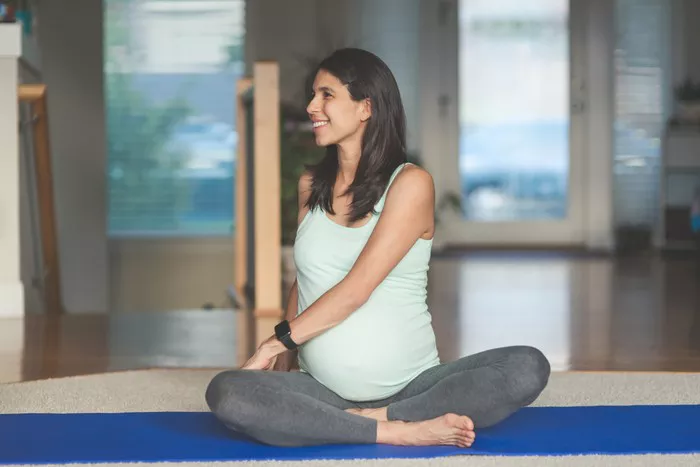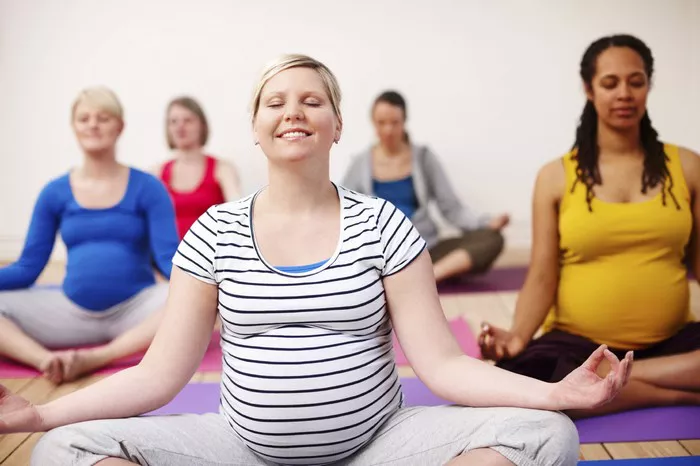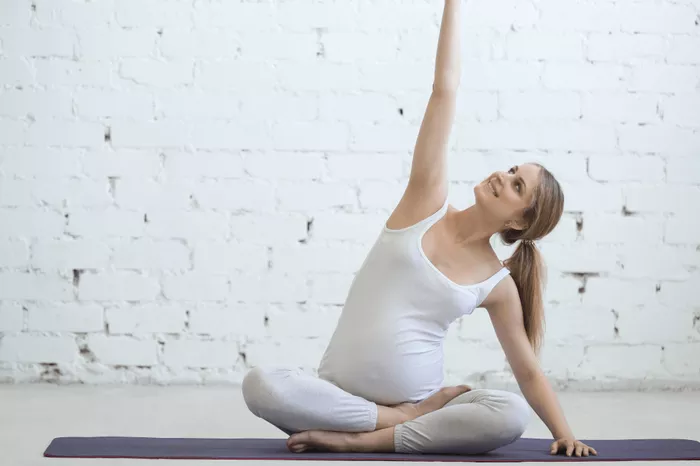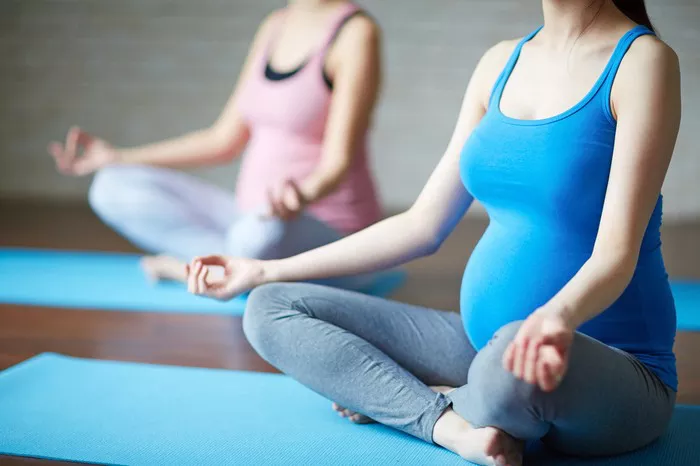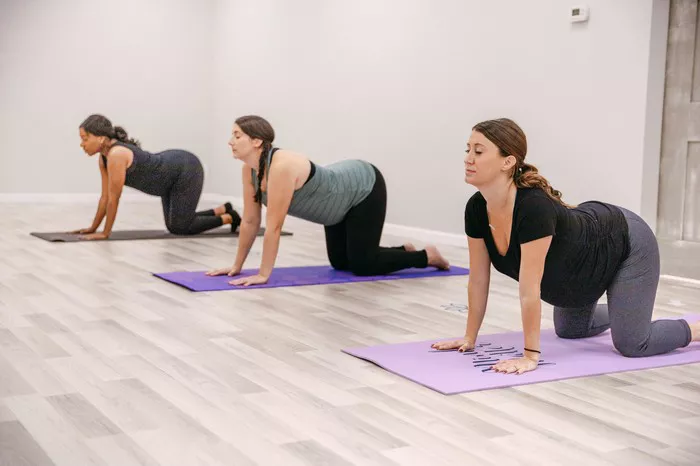Iyengar Yoga, developed by B.K.S. Iyengar, is a highly respected form of yoga that emphasizes precision, alignment, and the use of props to support the body in asanas (poses). It is known for its structured approach to teaching and progressive levels that allow practitioners to develop a deep understanding of the practice. In Iyengar Yoga, each level of class builds on the previous one, creating a solid foundation before moving into more complex asanas and techniques. This article explores the key differences between Level 1 and Level 2 Iyengar Yoga classes.
Understanding the Structure of Iyengar Yoga Classes
Iyengar Yoga is typically divided into progressive levels, each representing a stage in the student’s journey. This structure ensures students do not attempt advanced poses before mastering the foundational principles. While some variations may exist among studios, the general structure is as follows:
- Level 1 (Beginner): For students new to yoga or new to the Iyengar method. Focuses on foundational poses and principles.
- Level 2 (Experienced Beginner to Intermediate): Builds on Level 1 and introduces more challenging asanas, inversions, and longer holds.
- Level 3 and above (Intermediate to Advanced): Includes complex sequences, advanced inversions, pranayama (breathing techniques), and deeper philosophy.
Level 1 Iyengar Yoga: Foundational Practice
Level 1 classes are the starting point for most practitioners. These sessions are designed for those with little to no prior experience in yoga or for individuals new to the Iyengar method. The goal is to develop an understanding of alignment, posture, and body awareness through a set of foundational poses.
- Focus on Standing Poses: Students spend significant time on standing asanas such as Tadasana (Mountain Pose), Trikonasana (Triangle Pose), and Virabhadrasana I and II (Warrior Poses). These help to build strength, stability, and confidence.
- Introduction to Props: Iyengar Yoga is known for its use of props like blocks, straps, bolsters, and blankets. In Level 1, students learn how to use these tools to maintain proper alignment and avoid injury.
- Breath Awareness: While detailed pranayama practice is not a core component at this level, students are introduced to basic breath awareness and taught to breathe smoothly and evenly during poses.
- Safety and Alignment: Teachers emphasize safe practice and correct alignment to prevent strain and to foster an environment of learning and self-awareness.
Level 2 Iyengar Yoga: Expanding the Practice
Level 2 classes are intended for students who have completed Level 1 and have a firm grasp of basic poses and principles. These sessions introduce more challenging asanas and longer holds, encouraging deeper mental focus and physical endurance.
- Introduction to Inversions: While shoulder stand (Salamba Sarvangasana) may be introduced towards the end of Level 1, Level 2 includes regular practice of inversions such as headstand (Sirsasana) and more variations of shoulder stand.
- Refinement of Alignment: Students deepen their understanding of body mechanics, learning to refine actions within poses. Attention to detail becomes even more pronounced.
- Longer Holds: Poses are held for longer periods, increasing stamina and allowing for greater exploration of subtleties within the asana.
- Introduction to Backbends and Twists: More complex poses, including deeper backbends (such as Urdhva Dhanurasana) and seated twists, are introduced to improve spinal mobility and energy flow.
- Basic Pranayama: Some Level 2 classes introduce simple seated or supine pranayama techniques under careful guidance, laying the foundation for more advanced breathwork later on.
Key Differences Between Level 1 and Level 2
Understanding the differences between Level 1 and Level 2 Iyengar Yoga is crucial for students looking to progress safely and effectively. Below is a comparison of the main distinctions:
1. Experience Required
- Level 1: Open to all, no prior experience required.
- Level 2: Requires familiarity with foundational poses and principles, usually after six months to one year of consistent practice.
2. Complexity of Poses
- Level 1: Focuses on basic standing poses and introductory seated postures.
- Level 2: Adds inversions, backbends, and more intricate sequences.
3. Use of Props
- Level 1: Props are used extensively to teach alignment and support.
- Level 2: Students learn to use props more skillfully and may begin exploring poses with less reliance on them.
4. Duration and Intensity
- Level 1: Shorter holds, lower intensity.
- Level 2: Longer holds, increased physical and mental challenge.
5. Breathing Practices
- Level 1: Focus on breath awareness.
- Level 2: Introduction to structured pranayama.
Transitioning From Level 1 to Level 2
The move from Level 1 to Level 2 should be made with the guidance of a certified Iyengar Yoga teacher. This transition is not based on a set timeline but rather on readiness, consistency, and understanding.
Signs of Readiness:
- Comfort and steadiness in foundational standing poses.
- Ability to follow alignment instructions accurately.
- Willingness to be challenged mentally and physically.
- Understanding the role and correct use of props.
Common Pitfalls to Avoid:
- Rushing into advanced poses without adequate preparation.
- Ignoring physical limitations or discomfort.
- Comparing oneself to others in class.
Benefits of Progressing Through the Levels
Progressing from Level 1 to Level 2 offers numerous benefits that go beyond the physical realm:
- Deeper Mind-Body Connection: As students progress, they become more attuned to the subtle actions in the body and the breath.
- Increased Strength and Flexibility: More challenging poses naturally build muscular strength and enhance mobility.
- Mental Clarity and Focus: The discipline required in higher-level classes promotes concentration and mindfulness.
- Confidence in Practice: Gaining proficiency in more complex poses instills a sense of achievement and confidence.
- Greater Therapeutic Insight: A deeper understanding of poses can help in managing physical imbalances or injuries with more intelligence.
Role of the Teacher in Progression
Teachers play a crucial role in helping students transition between levels. Their expertise, observation, and feedback ensure that students advance safely and appropriately.
- Personalized Guidance: Teachers may provide individual feedback or recommend modifications to help students grow.
- Observation Skills: Experienced teachers can assess readiness based on how students move, their focus, and responsiveness to instruction.
- Encouragement and Support: A supportive teacher helps students move beyond self-doubt and encourages patience and dedication.
Conclusion
Iyengar Yoga offers a systematic and intelligent path for students to deepen their understanding of yoga. Level 1 lays the groundwork by introducing essential postures, alignment, and awareness. Level 2 builds upon this with increased complexity, stamina, and subtlety. Progressing through these levels is not just about achieving more difficult poses but about cultivating greater awareness, discipline, and self-transformation. With dedication, humility, and proper guidance, students can enjoy a rich and rewarding practice that continues to evolve over time.
FAQs
Can I start with Level 2 if I have done other forms of yoga?
Not typically. Even experienced practitioners from other styles are advised to begin with Level 1 in Iyengar Yoga to understand the specific emphasis on alignment and the methodical approach.
How long should I stay in Level 1 before moving to Level 2?
There is no fixed time. Generally, six months to a year of regular practice is recommended, but the decision should be based on your comfort, consistency, and teacher’s recommendation.
What if I find Level 2 too challenging?
It’s okay to alternate between Level 1 and Level 2 classes. Many students do this to reinforce foundational skills while gradually embracing more advanced work.
Are there assessments in Iyengar Yoga?
Formal assessments are primarily for those pursuing teacher certification. However, teachers often provide informal assessments and guidance based on class performance and progression.
Related Topics:

